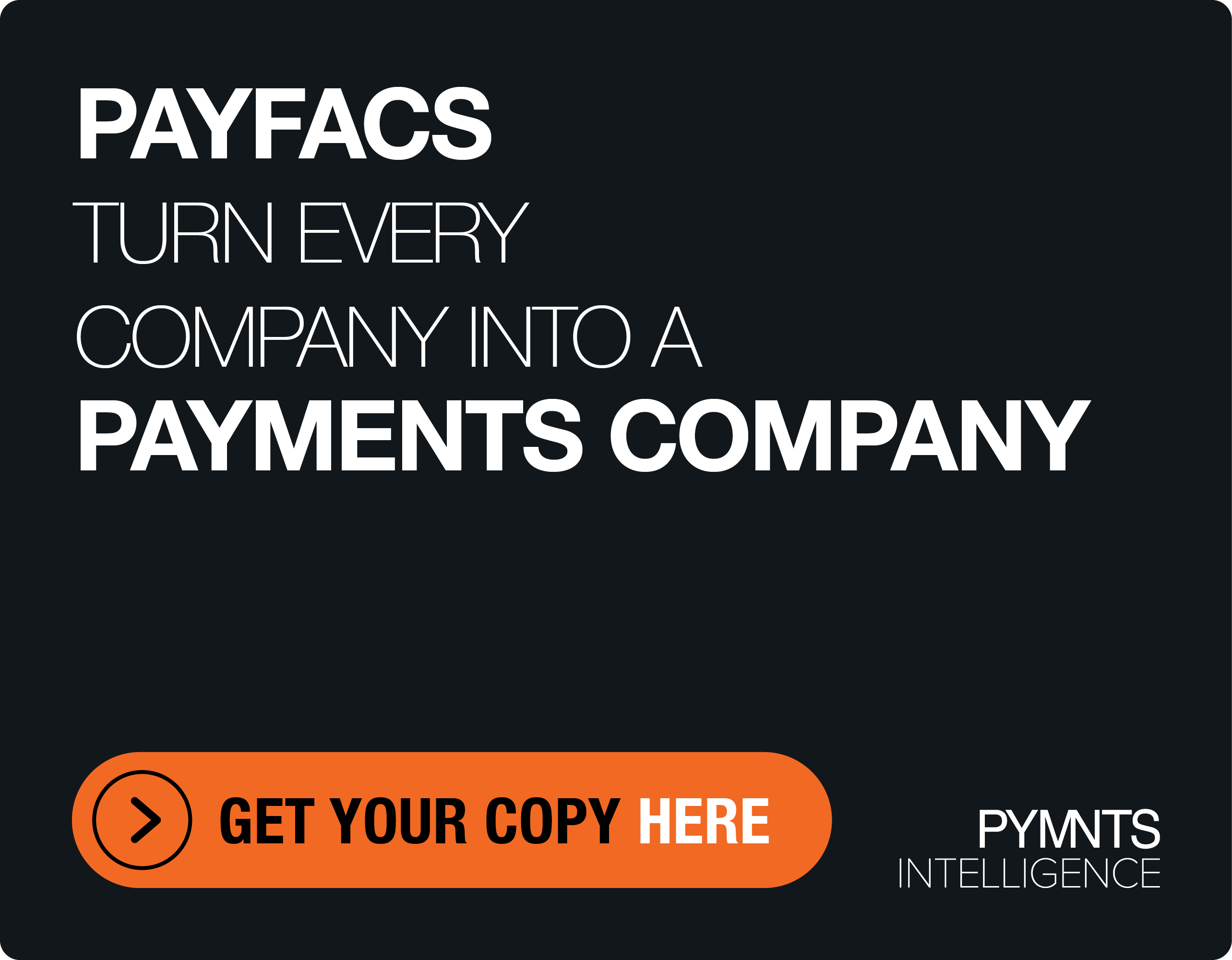1099-K Reporting Changes Shift Burden of Tax Compliance to Platforms
Changes in tax reporting loom on the horizon — though recently were delayed a bit — as more commerce moves online.
Wendy Walker, solutions principal at Sovos, told PYMNTS that the onus is on payments platforms to rise to the challenge.
The conversation came against a backdrop in which the IRS has lowered the threshold for annual sales that require a Form 1099-K to a gross payment amount of $600 from $20,000 (and 200 transactions), which means that as the payment networks file those forms with the authorities, millions of individuals and businesses receiving payments via payment cards, platforms or digital wallets will file those forms as well.
As had been widely reported on Tuesday (Nov. 21st), the IRS delayed the implementation of the new $600 threshold. While 2023 is being treated as a transition year, and a phased-in approach is underway, the shift must still be anticipated and embraced.
“Form 1099 reporting is done by third parties, and the IRS uses that information to compare it to income tax returns that taxpayers file — to ensure that they are reporting all of their income and paying their taxes,” Walker said.
For the platforms themselves, she said, “this is leveling the playing field. This is bringing the Form 1099-K filing for those online platform transactions to the same level as would be if they were receiving a payment via check or via credit card.”
The IRS wants to narrow the gap between what it collects and what it could collect, said Walker, who added that there is as much as $3 trillion that could be captured through better tax reporting for transactions that touch on everything from selling concert tickets to selling old cellphones. The fact that so many more individuals are taking on gig work — and spreading out their work across multiple platforms — means there is potential to collect more tax revenue.
The Burden of Reporting
But with the lowered threshold, she said, the burden of compliance is on the issuer. And for partners and providers such as Sovos, many client firms are seeking to understand what it all means — and what might happen as they shift toward reporting on millions of transactions with the lowered thresholds, where once that reporting might have been limited to a few thousand or tens of thousands of payments. Many of these companies must now check and recheck the Social Security data and taxpayer identification numbers for the burgeoning population of recipients that now will have to be documented as having received funds flowing back and forth across their platforms.
“It’s super important that when they go from smaller volumes to much larger volumes of Form 1099s that they’re going to file with the IRS right and issue to these recipients that that information is correct,” said Walker.
The year ahead will be one where companies will need to conduct “health checks” on that data to make sure that everything will be ready in time for tax season.
Challenges arise from the fact that there can be wide variations in the data that is being received, which in turn can open companies — and the businesses transacting — to penalties.
There are some service providers out there with solutions that integrate real-time 1099 matching into the onboarding process with these new payees. Some solutions collect W-9 information electronically, she said.
Walker noted that any implementation delays that became official this week will prove fleeting. The fact remains that independent contractors’ rate of compliance with filing mandates remains at about 85%, and even an incremental 1% of compliance equates to billions of dollars in tax revenue. Digital asset regulations that are still in the commentary period are being hammered out — and may change Form 1099-Ks yet again.
“It’ll just be the next chapter on 1099 reporting,” said Walker.

